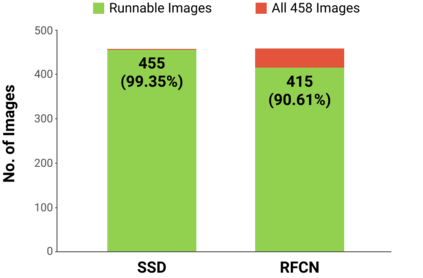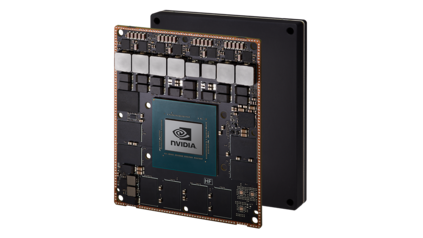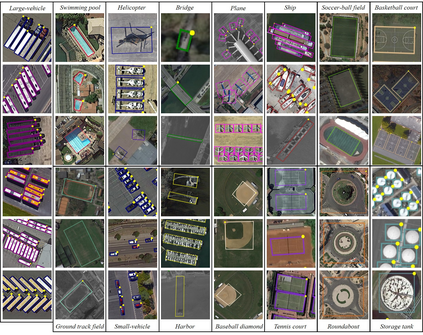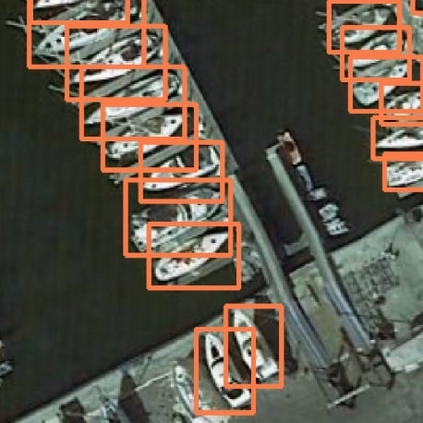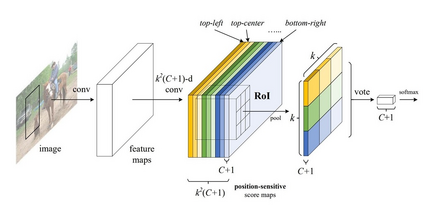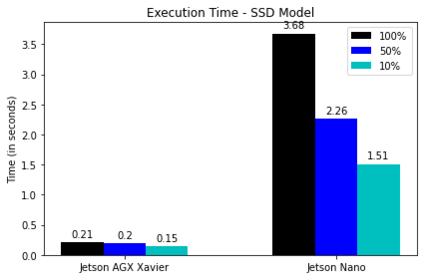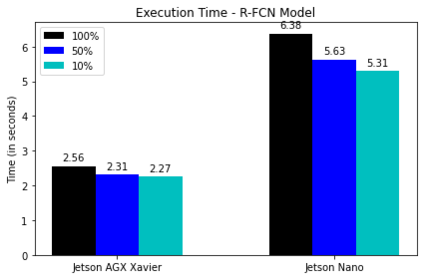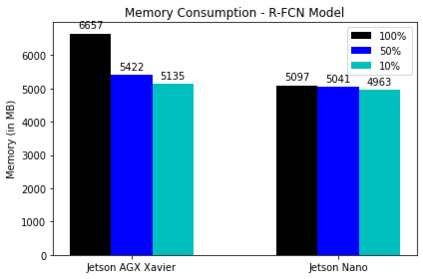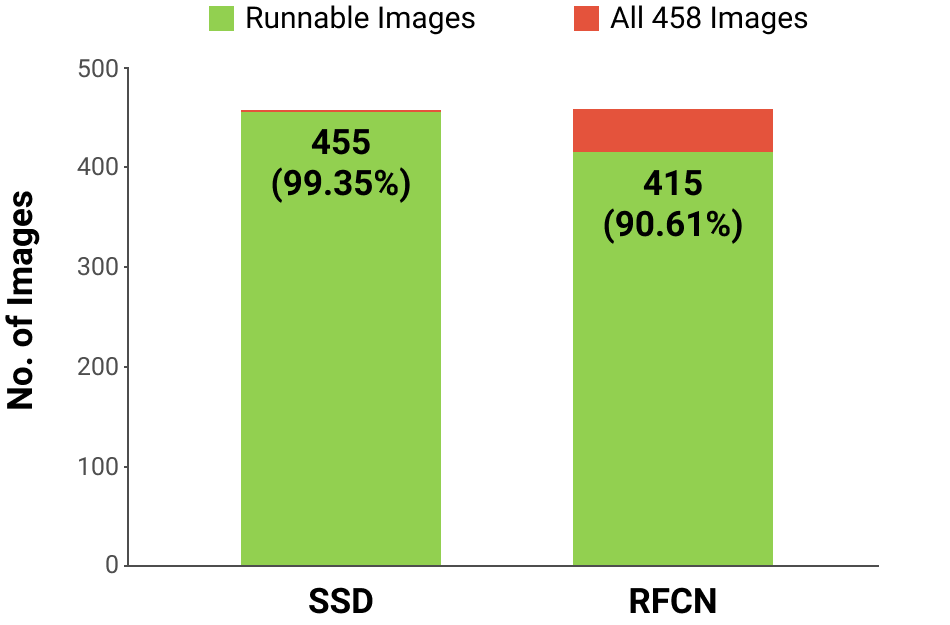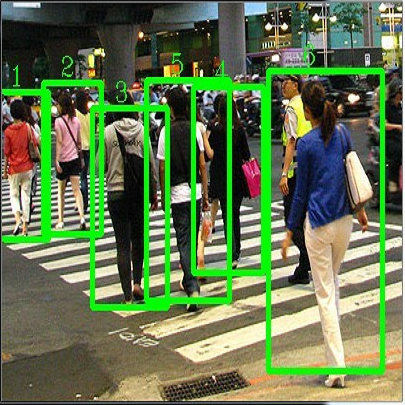There is a proliferation in the number of satellites launched each year, resulting in downlinking of terabytes of data each day. The data received by ground stations is often unprocessed, making this an expensive process considering the large data sizes and that not all of the data is useful. This, coupled with the increasing demand for real-time data processing, has led to a growing need for on-orbit processing solutions. In this work, we investigate the performance of CNN-based object detectors on constrained devices by applying different image compression techniques to satellite data. We examine the capabilities of the NVIDIA Jetson Nano and NVIDIA Jetson AGX Xavier; low-power, high-performance computers, with integrated GPUs, small enough to fit on-board a nanosatellite. We take a closer look at object detection networks, including the Single Shot MultiBox Detector (SSD) and Region-based Fully Convolutional Network (R-FCN) models that are pre-trained on DOTA - a Large Scale Dataset for Object Detection in Aerial Images. The performance is measured in terms of execution time, memory consumption, and accuracy, and are compared against a baseline containing a server with two powerful GPUs. The results show that by applying image compression techniques, we are able to improve the execution time and memory consumption, achieving a fully runnable dataset. A lossless compression technique achieves roughly a 10% reduction in execution time and about a 3% reduction in memory consumption, with no impact on the accuracy. While a lossy compression technique improves the execution time by up to 144% and the memory consumption is reduced by as much as 97%. However, it has a significant impact on accuracy, varying depending on the compression ratio. Thus the application and ratio of these compression techniques may differ depending on the required level of accuracy for a particular task.
翻译:每年发射的卫星数量激增,导致每天数据精确度下降。地面站收到的数据往往未经处理,因此考虑到数据大小庞大,并非所有数据都有用。这加上对实时数据处理的需求不断增加,导致对实时数据处理解决方案的需求增加。在这项工作中,我们通过对卫星数据应用不同的图像压缩技术,对基于CNN的受限设备天体探测器的性能进行了调查。我们检查了NVIDIA Jetson Nano和NVIDIA Jetson AGXX Xavier的准确率;考虑到数据规模庞大,因此这是一个昂贵的过程,考虑到数据规模庞大,并非所有数据都有用。我们更仔细地查看物体探测网络,包括单发多包探测器(SDSD)和以区域为基础的“全变动”网络(R-FCN)模型,这些在DOTA上应用不同的图像压缩技术。我们检查了NVDIA和NVIDIA 97 AGXXXXavier的准确度;低功率、高性计算机、低性能、低性能、低性能、低性能、低性能、低性能、低性能、低性能、低性能、高性能、低性能、低性能、低性能、低能、低性能、高能、低能、低能、低能、高能、低能、低能、低能、低能、低能、低能、高能、低能、低能、低能、低能、高能、低能、低能、低能、低能、低能、低能、低能、低能、低能、低能、低能、低能、低能、低能、低能、低能、高能、低能、低能、低能、低能、低能、低能、低能、低能、低能、低能、低能、低能、低能、低能、低能、低能、低能、低能、低能、低能、低能、低能、低能、低能、低能、低能、低能、低能、低能、低能、低能、低能、低能、低能、低能、低能、低能、低能、低能、低能、低能、低能、低能、低能

